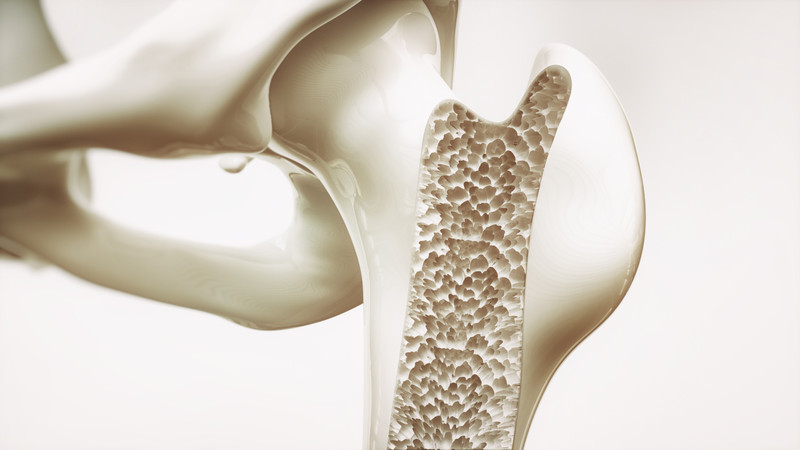One thing most health experts and health organizations can agree on when it comes to chronic diseases is that they comprise the leading cause of illness, disability, and death in America. Not only that, but chronic conditions can also last for months or years without any real cure or significant reprieve, in the process affecting the quality of life for the millions of sufferers.
Where the most-prominent health authorities show a degree of disagreement among each other is in what qualifies a disease or other such condition as chronic and, in general, just how the term “chronic disease” is used. For example, the Centers for Disease Control and Prevention (CDC) in the U.S. classifies a condition as chronic if it lasts one year or longer and necessitates ongoing medical attention. MedicineNet, on the other hand, says a disease or illness hits chronic status once the condition hits the three-month mark. Take your pick.
Some major health organizations have compiled their own list of chronic conditions based on their own specific criteria. These might include some conditions not labeled as chronic by another organization, and vice versa. In this blog series, we have compiled our own a list of diseases, illnesses, and disabilities to feature, identifying and choosing them from various sources for the sake of being thorough and without bias.
One thing we can say with confidence is that at any given time about 60 percent of Americans are dealing with at least one chronic disease, and 40 percent with two or more. Is it any wonder that chronic diseases are the leading factors accounting for the nation’s $4.5 trillion in annual healthcare costs as of 2024?
What Is Osteoporosis?
Simply put, osteoporosis is a condition in which your bones lose density and strength, leaving you especially susceptible to bone fractures such as from a fall or some other form of minor trauma. Among the causes that can contribute to the thinning of bones are a family history of osteoporosis; poor nutrition – especially a deficiency of calcium and vitamin D; smoking; lack of exercise; and uses of some medications.
Like other chronic conditions, osteoporosis is a progressive disease. That shouldn’t be surprising considering that bone is always going through a cycle of breaking down and then being reformed. But such reformation of bone depends, of course, on your body functioning in an optimal manner, which goes back to proper diet, exercise, and other regular practice of healthy habits. Many health experts believe that proper supplementation with natural remedies such as herbs and vitamins can help your body manage itself and prevent or at least alleviate its symptoms.
6 Natural Remedies Suitable for Maintaining Good Bone Heath
There are probably a dozen or more supplements, herbs, or vitamins that can play a helpful role when it comes to the loss of bone density and strength. Following are six, in alphabetical order, to consider. Before adding any of them to your regimen, however, be sure to discuss their use with your physician or other licensed healthcare professional:
Boron. This trace element is known to have a positive influence on bone health and density. In fact, one study of postmenopausal women discovered that consuming just 3 mg of boron each day showed a sizable reduction in the excretion of calcium and magnesium from the kidneys.
Calcium. This stat says it all – 99 percent of the calcium in our body is found in bone. A minimal amount of this essential nutrient goes a long way in keeping our bones strong and healthy.
Collagen. Collagen ranks as the No. 1 protein found in the body, where it serves as a foundational building block for not only bones but also for cartilage, tendons, ligaments, muscles, and even skin.
Vitamin D. “The “sunshine vitamin” has many useful applications in our body, not the least of which is in strengthening bone by aiding in calcium absorption and managing the bone-turnover cycle.
Magnesium. This essential mineral is versatile as well, and that includes playing a significant role in your bone health. One study of more than 50 postmenopausal women revealed that 40 percent of them with osteoporosis or reduced bone density had substandard circulating magnesium levels.
Soy Isoflavones. These are antioxidants and are also known as phytoestrogens, which are similar in form to the hormone estrogen, whose levels drop during menopause. A review of more than a dozen studies of postmenopausal women revealed that soy isoflavone via supplements bolstered bone mineral density by 54 percent and diminished bone resorption marker by 23 percent.
Although osteoporosis usually isn’t listed among “major” chronic diseases, it is a condition that can prove debilitating over time as bone strength and density withers away. Thankfully, there are many natural remedies that can help treat the condition and perhaps reduce the gradual loss of quality of life.

